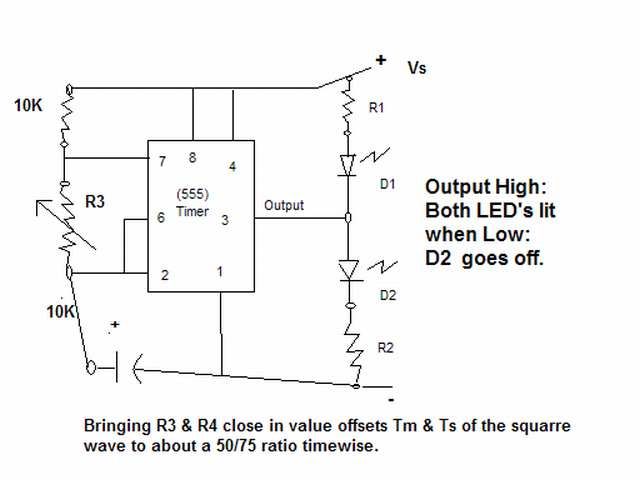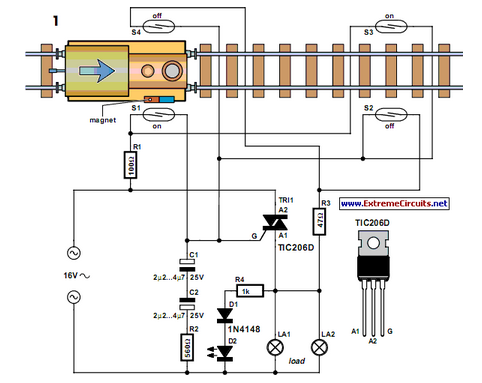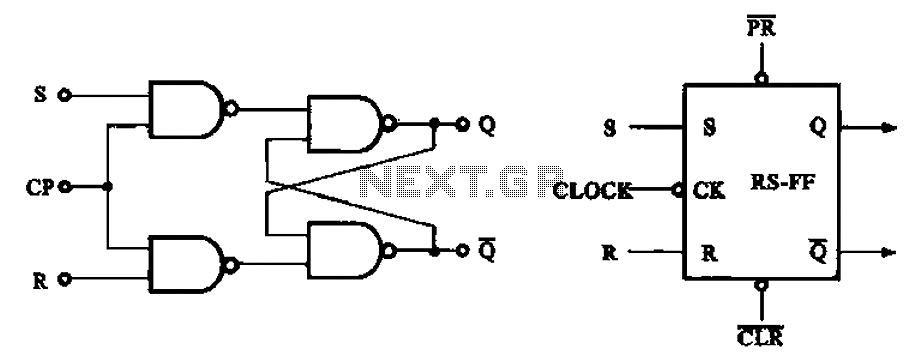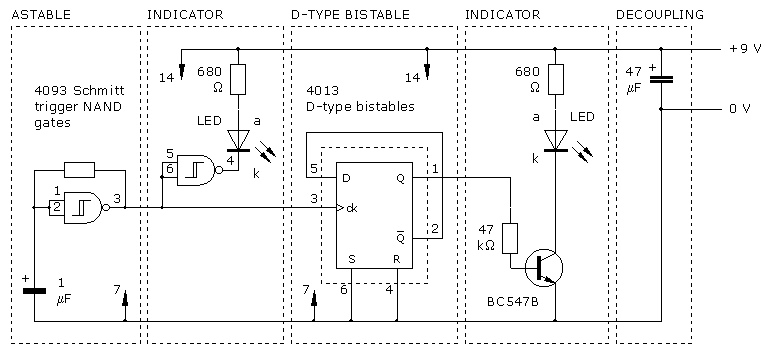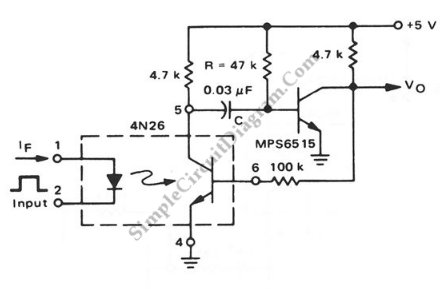
Opto-Coupled RS Flip-Flop
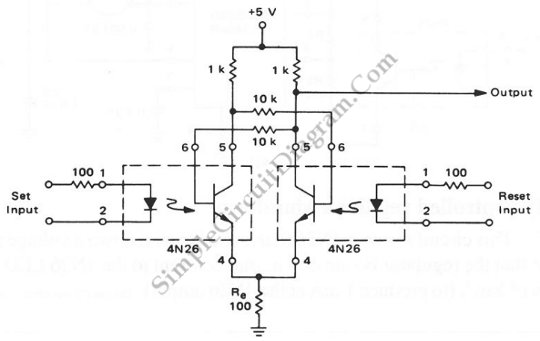
An RS flip-flop, also known as a reset-set flip-flop, is a type of stable multivibrator that has two inputs: reset and set. The output can exist in one of two stable states.
The RS flip-flop is a fundamental building block in digital electronics, frequently used for data storage and synchronization in sequential circuits. It operates by taking two binary inputs, labeled as R (reset) and S (set). The flip-flop transitions between its two stable states based on the conditions of these inputs.
When the S input is activated (set to high), the output Q transitions to a high state, while the output Q' (the complement of Q) transitions to a low state. Conversely, when the R input is activated, the output Q transitions to a low state, and Q' transitions to a high state. If both inputs are low, the flip-flop maintains its previous state, exhibiting the memory characteristic of the device.
It is essential to avoid activating both inputs simultaneously, as this condition leads to an undefined state, which can cause unpredictable behavior in the circuit. The RS flip-flop can be implemented using various components, including NAND or NOR gates, depending on the desired logic configuration.
In practical applications, the RS flip-flop is used in memory storage, frequency dividers, and as a basic building block for more complex memory elements such as D flip-flops and JK flip-flops. Understanding the operation and characteristics of the RS flip-flop is crucial for designing reliable digital systems and circuits.RS flip-flop, or reset-set flip flop, is a kind of stable multivibrator with two input, namely reset and set. The output will be at one of two stable states,.. 🔗 External reference
The RS flip-flop is a fundamental building block in digital electronics, frequently used for data storage and synchronization in sequential circuits. It operates by taking two binary inputs, labeled as R (reset) and S (set). The flip-flop transitions between its two stable states based on the conditions of these inputs.
When the S input is activated (set to high), the output Q transitions to a high state, while the output Q' (the complement of Q) transitions to a low state. Conversely, when the R input is activated, the output Q transitions to a low state, and Q' transitions to a high state. If both inputs are low, the flip-flop maintains its previous state, exhibiting the memory characteristic of the device.
It is essential to avoid activating both inputs simultaneously, as this condition leads to an undefined state, which can cause unpredictable behavior in the circuit. The RS flip-flop can be implemented using various components, including NAND or NOR gates, depending on the desired logic configuration.
In practical applications, the RS flip-flop is used in memory storage, frequency dividers, and as a basic building block for more complex memory elements such as D flip-flops and JK flip-flops. Understanding the operation and characteristics of the RS flip-flop is crucial for designing reliable digital systems and circuits.RS flip-flop, or reset-set flip flop, is a kind of stable multivibrator with two input, namely reset and set. The output will be at one of two stable states,.. 🔗 External reference
